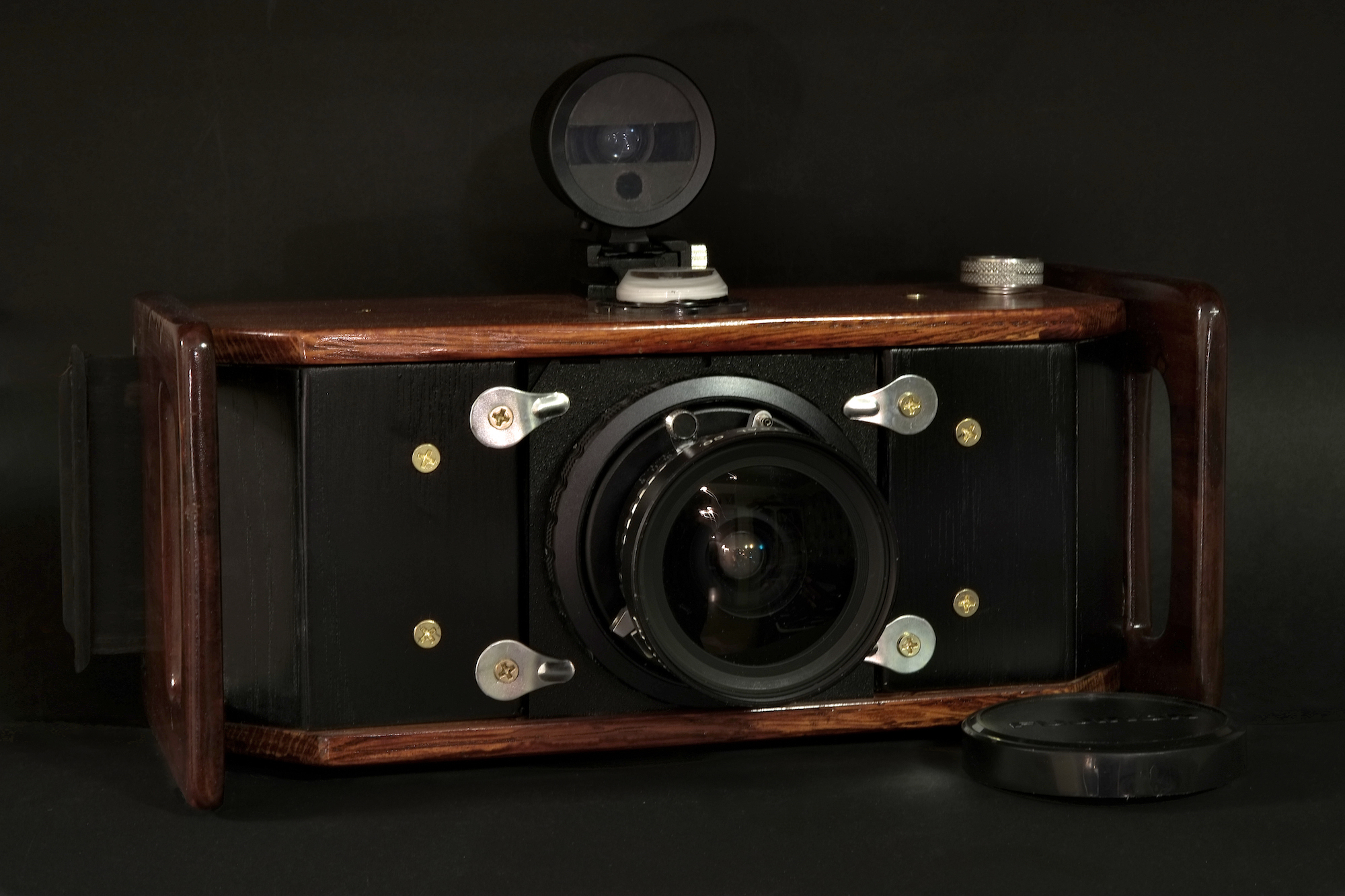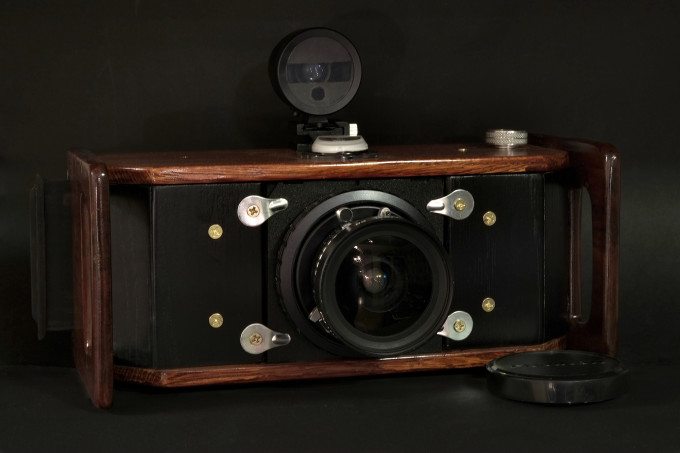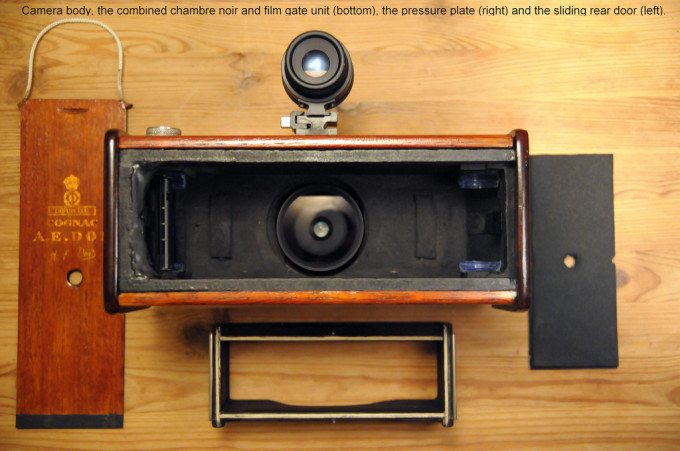Last Updated on 02/15/2013 by Julius Motal
“I’d come to the conclusion that I’d like to build my own camera.” This is how it all began–the urge to build something unique and personal with his own hands. Soon after this thought formed in his mind, Eirik Russell Roberts stumbled across pictures taken with a 6×17 camera in the Torres del Paine in Chile. He was immediately hooked. And suddenly, he knew what kind of camera he was going to build: a 6×17 panoramic medium format camera. But that’s easier said than done.
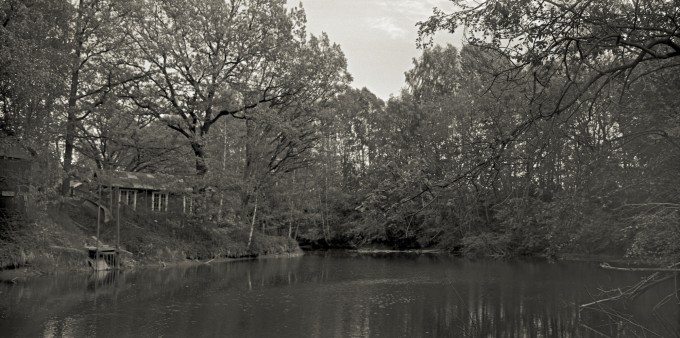
6×17 format cameras aren’t totally uncommon — Fuji has made one, and Linhof has made almost anything that can use film larger than 35mm. However, these beasts come at a price, especially since they need to use large format lenses to illuminate the whole frame. Eirik’s initial idea was to take two 6×9 camera and hack them together, but “I had my doubts. I can’t get myself to chop up an old camera, no matter how dilapidated.” Unable to come up with a quick solution, he got side-tracked and started working on his first DIY project, a 4×5 large format camera.
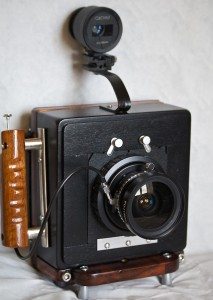
The advantage of building a 4×5 LF camera was that 4×5 backs are much more common, and it’s easy to fit a roll of 120 film inside a 4×5 camera and get 6×12 panoramic images as a result. So Eirik set off to build version 0.1 of his DIY 4×5 ‘point-and-shoot’ as he calls it. This first, very crude (in his own words) attempt was made from a selfmade wooden frame, a flower pot (!), a Linhof type lens board and a Fuji SW 90mm f8 LF lens in a Copal #0 shutter on a helicoid “of Chinese manufacture.”
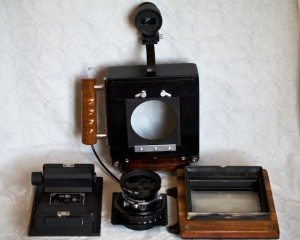 While technically working, this camera — which took him roughly 40 hours to build — was far from perfect. For one, due to the raised viewfinder, parallax was enormous. Then, a light leak was ruining most of the pictures of the first test roll. But most importantly, Eirik was not able to achieve correct focus, due to the lens not being at the correct distance from the film plane. Eventually, he was able to eliminate all the issues and came up with a fully functional, versatile and ergonomic 4×5/6×12 camera.
While technically working, this camera — which took him roughly 40 hours to build — was far from perfect. For one, due to the raised viewfinder, parallax was enormous. Then, a light leak was ruining most of the pictures of the first test roll. But most importantly, Eirik was not able to achieve correct focus, due to the lens not being at the correct distance from the film plane. Eventually, he was able to eliminate all the issues and came up with a fully functional, versatile and ergonomic 4×5/6×12 camera.
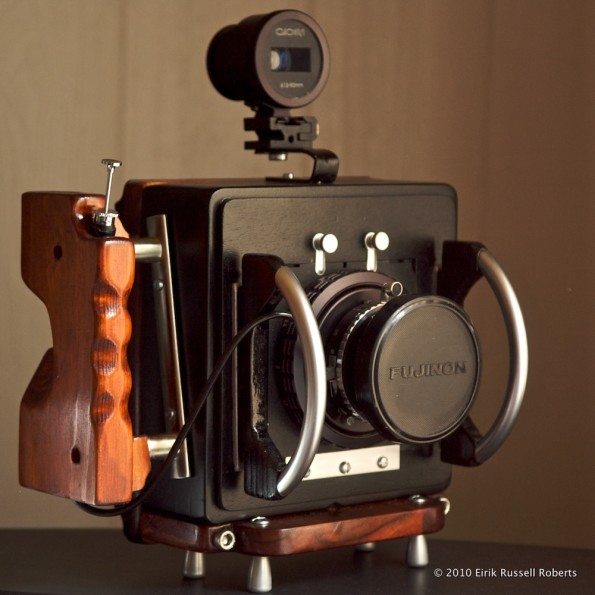
Incited by the success with his first project, Eirik then set out to finally create his original dream, the DIY 6×17. “The idea resurfaced one evening when looking at two bottles of Cognac in their wooden cases. The cases looked to be good starting points for a panoramic camera.” And indeed, one of the cases — that of an A. E. DOR, to be precise, whence the camera inherited its name “I Adore” — formed the basis for the 6×17’s film chamber. For the lens, Eirik used the same as in the 4×5 camera.
But again there were a few issues that Eirik had to deal with, chiefly the fact that each film elmusion has a specific thickness that the pressure plate has to deal with. If the plate cannot hold the film plane at the right distance, e.g. because the film elmusion isn’t thick enough, it won’t be possible to achieve correct focus. Eirik found that the “I Adore” worked best with Kodak emulsions. However, on the picture below he notes: “[It] is sharp all across the frame, and it was shot on Acros. Maybe I need to stop worrying and just shoot more.”

And as if building his own 4×5/6×12 and 6×17 cameras hadn’t been enough, Eirik then turned his attention towards an old Polaroid 110A given to him by a friend. Not only did he get it working again, he also hacked a 120 film back onto it. “I work with things very obscure and immaterial. I however do like using my hands to make tangible things. So I let off steam by making my own solutions, cameras being just one of many such things.”
To see more of Eirik’s projects and of the pictures he takes with his various (DIY and bought) cameras, head over to his flickr or his blog. We’d like to thank Eirik for providing us with all the information and letting us use his pictures in this article.
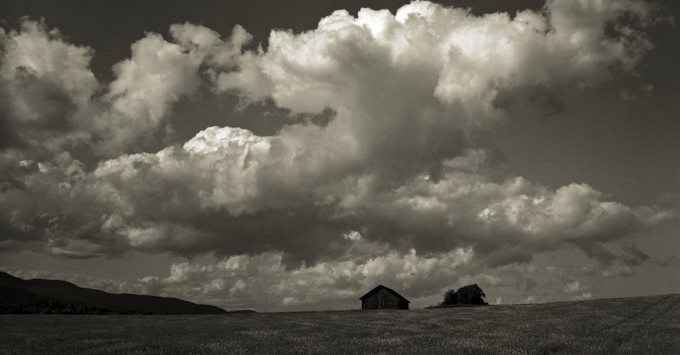
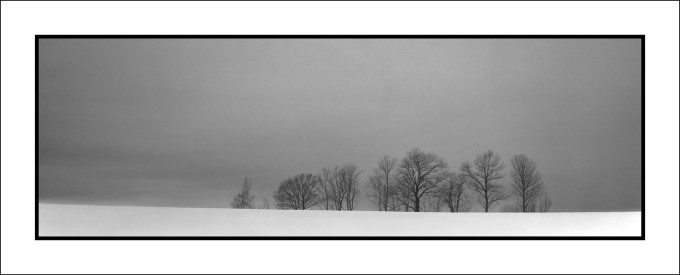
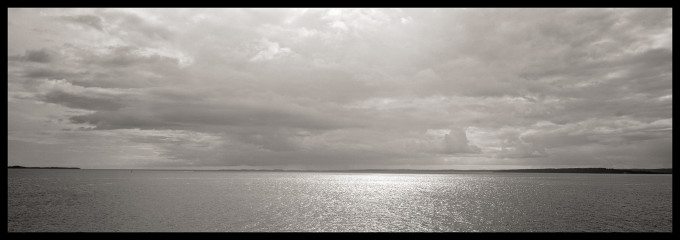
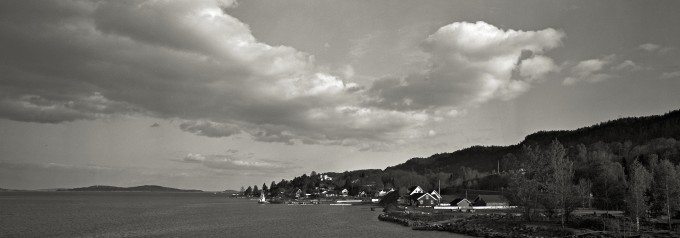
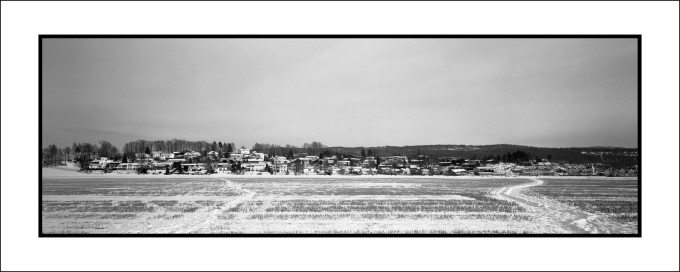
Please Support The Phoblographer
We love to bring you guys the latest and greatest news and gear related stuff. However, we can’t keep doing that unless we have your continued support. If you would like to purchase any of the items mentioned, please do so by clicking our links first and then purchasing the items as we then get a small portion of the sale to help run the website.


